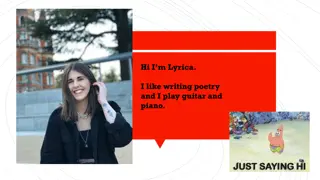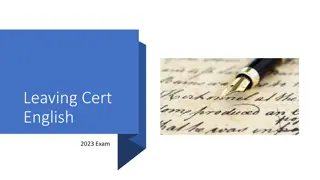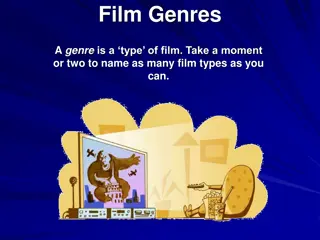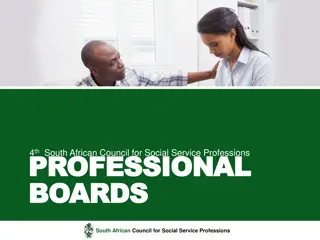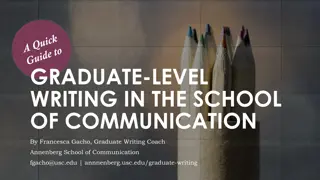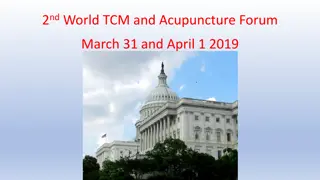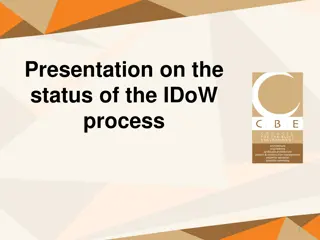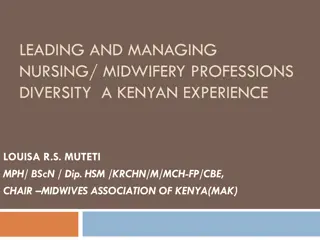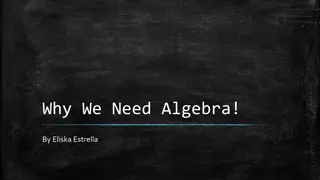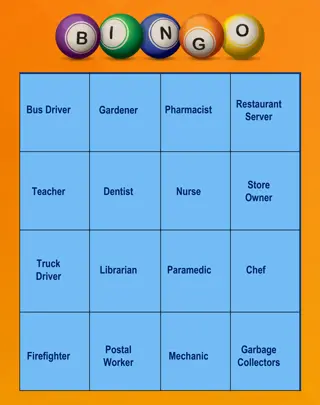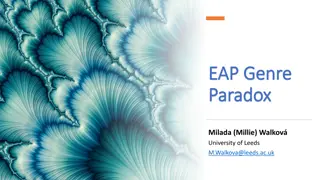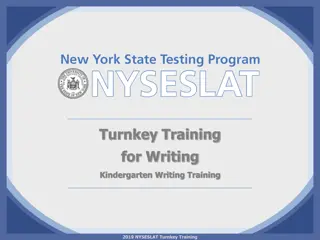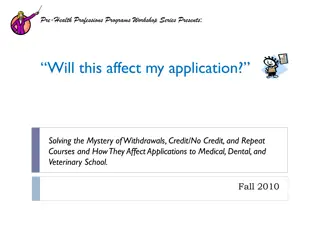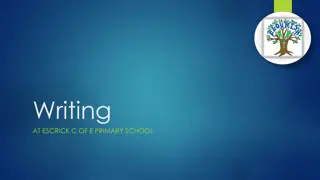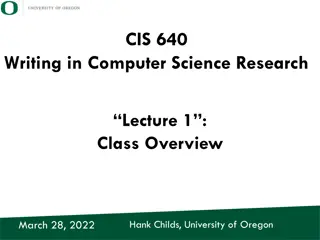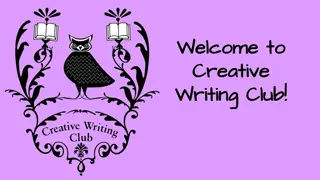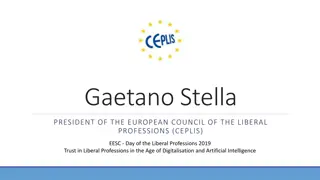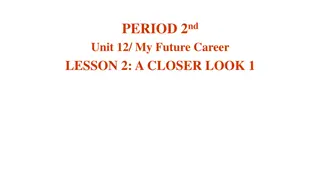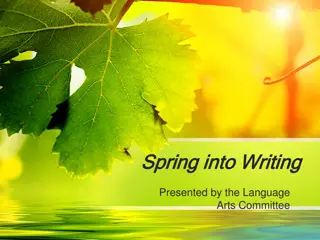Writing Genres in Various Professions
Genres in writing play a crucial role in different professions, shaping the form, content, function, and situation of communication. Engineers, scientists, and environmental engineers utilize various genres such as client proposals, lab reports, and technical specifications in their day-to-day written communication. Understanding genres is key to effectively conveying information to specific audiences and achieving communication goals in diverse fields.
Download Presentation

Please find below an Image/Link to download the presentation.
The content on the website is provided AS IS for your information and personal use only. It may not be sold, licensed, or shared on other websites without obtaining consent from the author.If you encounter any issues during the download, it is possible that the publisher has removed the file from their server.
You are allowed to download the files provided on this website for personal or commercial use, subject to the condition that they are used lawfully. All files are the property of their respective owners.
The content on the website is provided AS IS for your information and personal use only. It may not be sold, licensed, or shared on other websites without obtaining consent from the author.
E N D
Presentation Transcript
Where do undergraduates from your department end up? What types of writing do they do there?
Where do undergraduates from your department end up? What types of writing do they do there?
From a software engineer and Illinois Physics grad: The written communication I do most commonly for the job is generally using Slack for quick questions or email for longer discussions Other writing I do is updating wikis for documentation. This might include a basic "how-to" guide, or documenting the code features / choices that were made and why, for use by future developers. Lastly, devs might be asked to participate in making functional or architectural specification documents. These would be to communicate to either customers/leadership/other teams what the user experience and possible workflows might be, or to communicate internally how the functionality is constructed so that it can be easily modified, tested, maintained, etc. From an environmental engineer and Illinois CEE grad: The three main types of writing that I use are emails, client proposals, and report writing (either to a client or a government agency). Often we have projects start where our clients are in a rush we often will use a brief email to the client stating the initial scope of work, and a cost use the client s response to our email as an initial approval to start work. From a scientist at a national lab and Illinois Physics grad: Tests plans, which are our equivalent of formal lab reports; proposals; client reports, either as short memos (~2-10 pages) or longer reports (published internally and externally), abstracts, and (ideally) journal articles. I m wrapping up currently a team-written 100 page report for a two-year project. For certain projects, technical advances and patents are commonly written as well. Source: alumni via Celia Elliott or Julie Zilles
Writing studies uses the term genre to describe what engineers often think of as types of documents. Writing studies generally sees genres as types of texts and types of composing that arise from repeated situations involving communication. Genre awareness is key to understanding purpose, audience, and situation of writing.
Genres are typical, recognizable, repeated combinations of form, content, function, and situation. For example, IMRDC is not simply the form a scientific report takes; it involves a combination of form, content, function, and situation. Genres routinely come in linked, staged systems. Behind an article there may be grant proposals, conversations in lab groups, documentation of lab results and procedures, conference talks presenting early findings, reviewers and editors comments, letters detailing revisions, etc.
Word cloud illustrating genres that engineering faculty reported expecting our STEM undergraduates to use after graduation. Font size scales with how many survey participants selected the genre. (Yoritomo et al., 2018 ASEE paper)
Word cloud demonstrating the disconnect between genres that our STEM undergraduates are assigned (left side) and those that they are expected to use after graduation (right side). Font size scales with how many courses teach the genre or how many survey participants selected the genre. Light blue font color indicates a genre that is present on both sides. (Yoritomo et al., 2018 ASEE paper )
Genre awareness is key to understanding purpose, audience, and situation of writing. Students are heading to lots of different places. At any place, they will have to write in lots of different genres with diverse, evolving variations, so genreflexibility is also a key goal. Can we teach students how to recognize and adapt to different genres?



